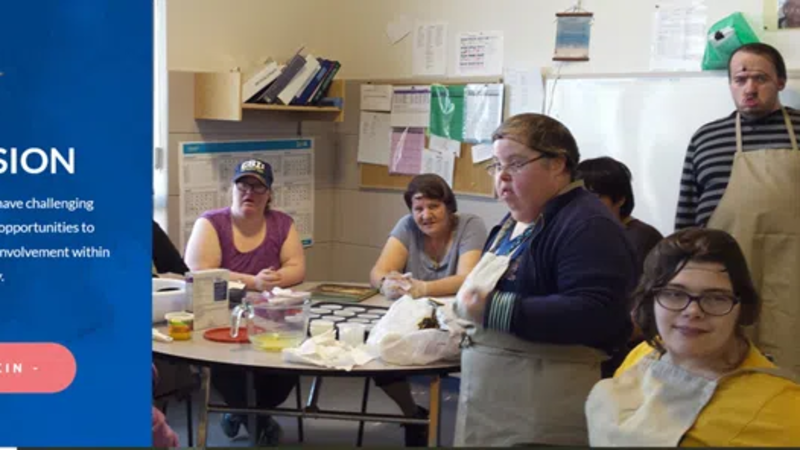
Cumberland House learn hands on about water quality with U of S ambassadors
Last week Grade 9 and 10 students at Charlebois Community School in Cumberland House collected data on water quality with science ambassadors from the University of Saskatchewan for their Indigenous science fair project.
Renee Carriere, educator at the school said this was part of a University of Saskatchewan’s extension program, Science Ambassador Program. This year Carriere said they were blessed with two ambassadors, Ahmad Ghobeishavi, master’s student at the U of S studying biology, and Paras Kumar, alongside him as co-ambassador.
“They’ve been taking a broad age range of our children out into the land and showing them some other ways to see and experience science on the land. So, that’s kind of there area of expertise and it’s been a really wonderful process,” Carriere explained.
She added it’s an exceptional program and is a badge of honour for the University of Saskatchewan and the science ambassador program because it brings some world views into some rural communities. It’s also beneficial to see other ways of science.



